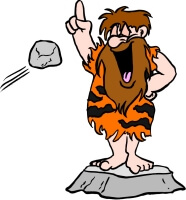
Worksheets and No Prep Teaching Resources
Reading Comprehension
Literary Elements Worksheets
Reading Comprehension Skills |
Grammar |
Literature Units |
Graphic Organizers
Preschool | Kindergarten | First Grade | Second Grade | Third Grade | Fourth Grade | Fifth Grade | Sixth Grade
Preschool | Kindergarten | First Grade | Second Grade | Third Grade | Fourth Grade | Fifth Grade | Sixth Grade
Getting to know a character in literature isn't much different from meeting someone new. Show your elementary students how similar it is by using this literary element unit that pairs indirect characterization and setting and mood. Students will determine character traits, write creatively using setting and mood prompts, draw settings, fill in sensory details, and reading comprehension selections.
